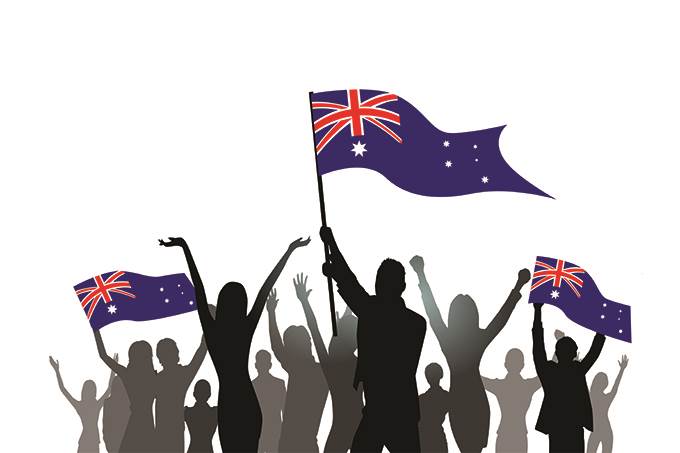 The Australian Bureau of Statistics recently reported that its Consumer Price Index stood at 0.9% in the fourth quarter (quarter-on-quarter), below Q3's 1.6% but higher than expectations of 0.7%.
The Australian Bureau of Statistics recently reported that its Consumer Price Index stood at 0.9% in the fourth quarter (quarter-on-quarter), below Q3's 1.6% but higher than expectations of 0.7%.
In yearly terms, the CPI stood at 0.9%, against 0.7% in the third quarter and forecasts of 0.7%.
"The December quarter CPI was primarily impacted by an increase in tobacco excise and the introduction, continuation and conclusion of a number of government schemes, including childcare fee subsidies and home building grants," explained the head of price statistics at the Australian Bureau of Statistics.
So far, 28,785 individuals have been infected by COVID-19 in Australia, 909 of whom have died from the virus. The government recently approved the use of the Pfizer-BioNTech vaccine, which was an important step to begin the vaccination campaign. The vaccine rollout will prioritize the most vulnerable, mainly the elderly and frontline workers, and is expected to take months, at least until enough people are vaccinated.
Wednesday was the 10th day with no community transmission of COVID-19 in the country. The government recently decided to ease certain restrictions, among them increasing the number of people allowed at house parties, weddings and places of worship.
Australia is now amid an economic recession, though it has been showing signs of recovery. In December, the unemployment rate stood at 6.6%, way below the recent peak of 7.5%. By the end of 2021, Australia is expected to grow more than 4%, as it is one of the few countries that seems to keep the COVID-19 situation under control.
By 8:38 GMT, the Australian dollar dropped by 0.12% against the greenback, falling to the 0.7733 level.

